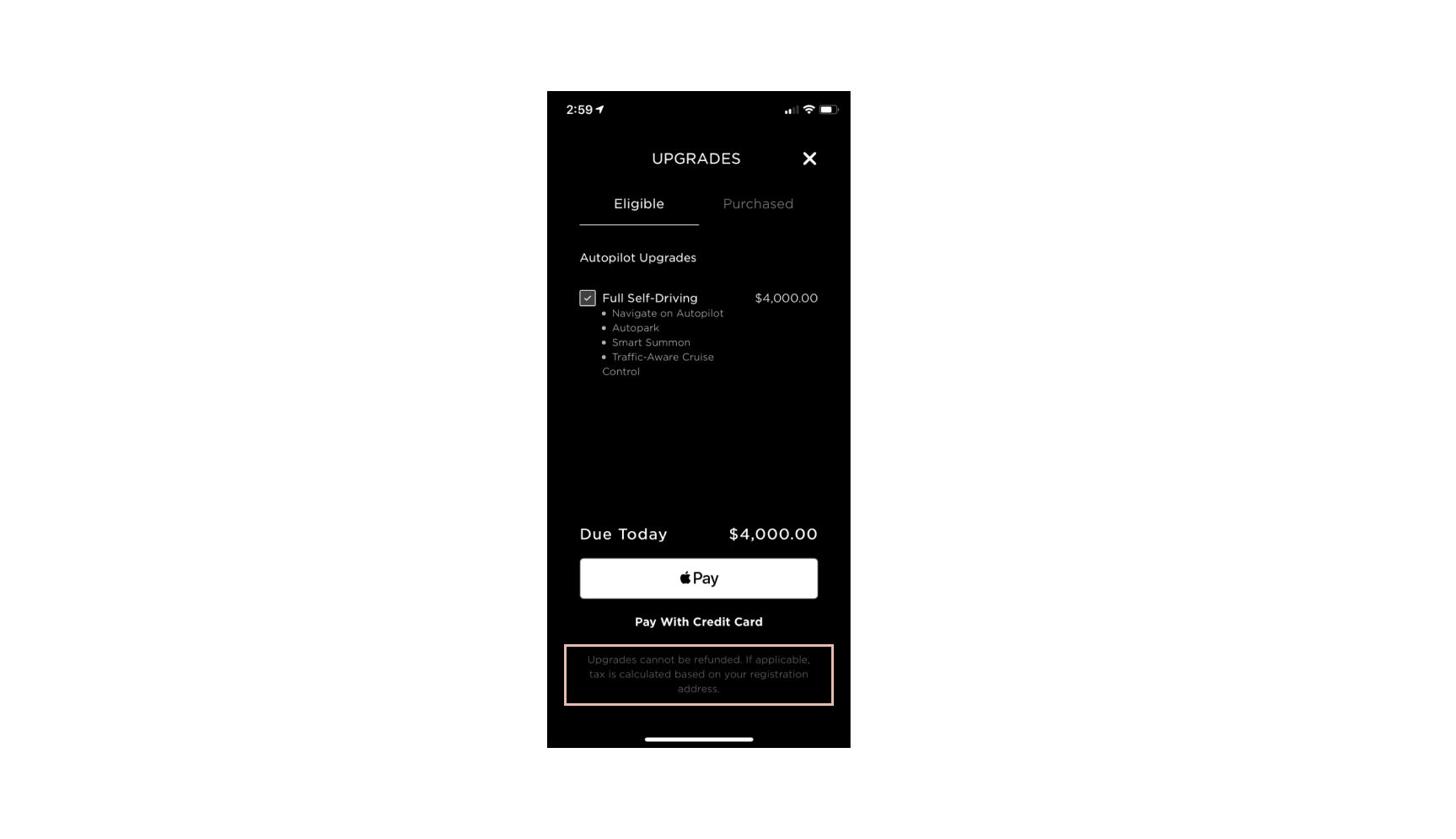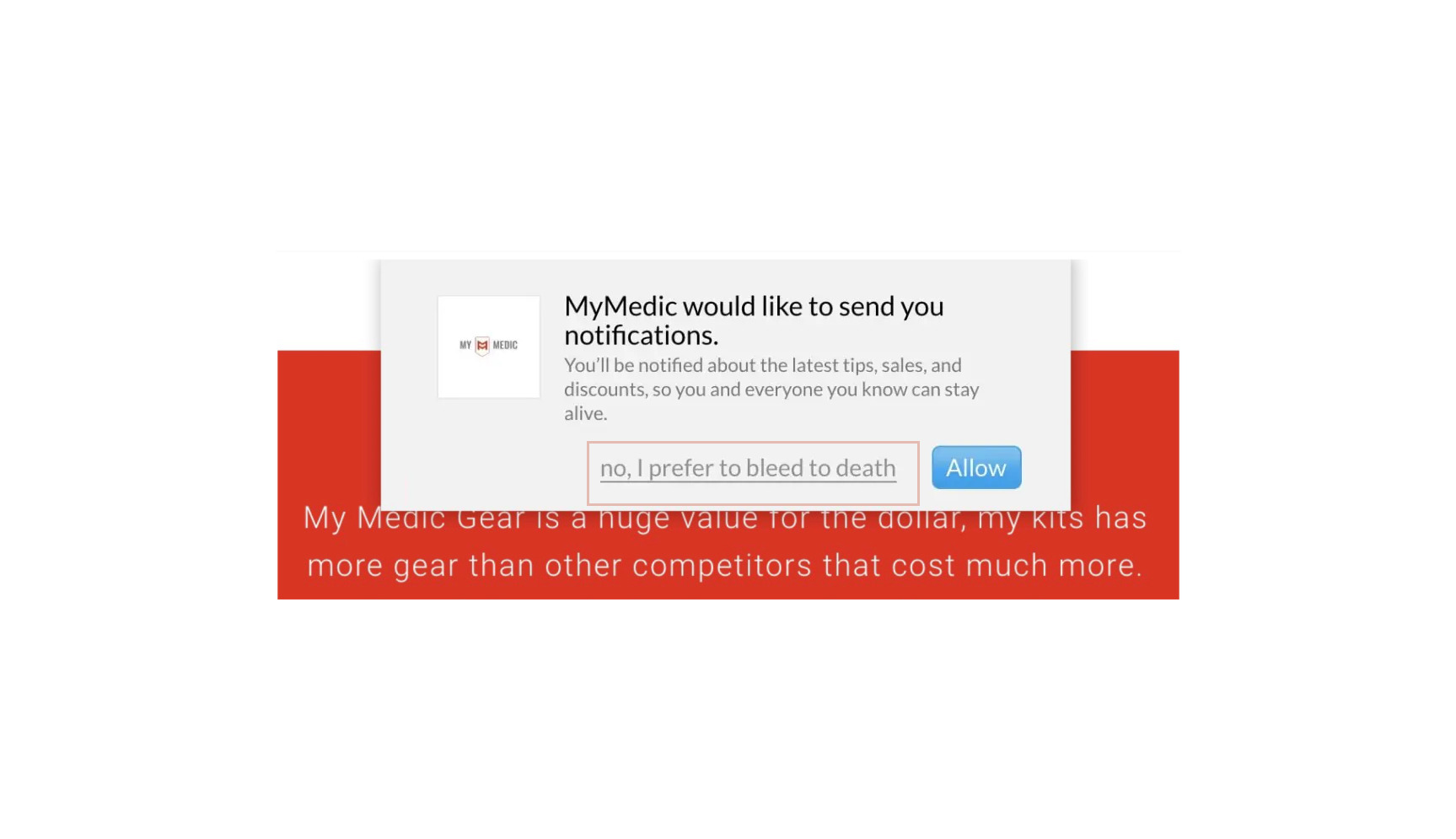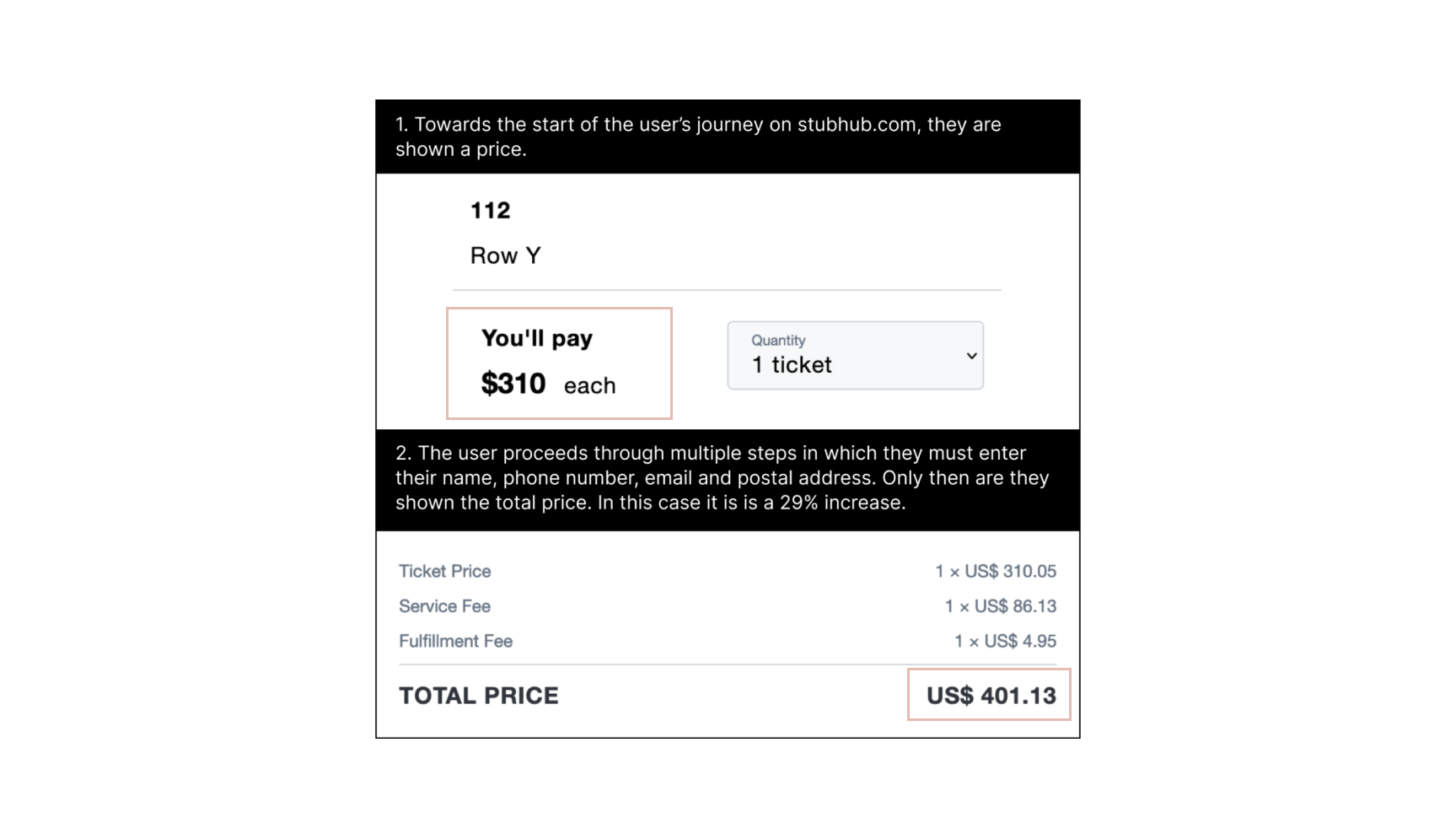Dark UX Patterns Exposed: An Ethical Design Guide
In the ever-evolving realm of Digital Product Design, where we’re constantly striving to create seamless and user-centered experiences, the ethical implications of our design choices are absolutely critical. We share the responsibility to ensure that our work not only meets the highest standards of user-centricity but also upholds the principles of ethicality. In this article, we’re diving deep into the world of dark patterns in UX and exploring the ethical best practices that not only safeguard user well-being but also enhance the quality and reputation of our work.
What are Dark UX Patterns?
First off, let’s talk about dark patterns. Dark patterns are those sneaky, deceptive design tactics that are deliberately used to manipulate users into making decisions that aren’t necessarily in their best interest. These tactics often prey on our psychology, limit user autonomy and generally lead to frustration and confusion. They come in various forms, but they all have one thing in common: they prioritise the designer’s or company’s goals over the well-being of the user.
Why might people use Dark UX Patterns?
Now, let’s get to the bottom of why some designers and companies resort to dark patterns. Understanding the reasons behind these tactics is essential for addressing the root causes and advocating for ethical best practices:
- Short-Term Gains: One of the most common motivations for using dark patterns is the allure of immediate results. Deceptive practices can boost conversion rates, increase sales, or gather more user data quickly. For businesses driven by short-term profits, these tactics may seem attractive.
- Lack of User-Centricity: In some cases, organizations prioritise their business objectives over the needs of their users. When financial targets or sales quotas take precedence over creating valuable, user-centered experiences, dark patterns might seem like a quick and convenient solution.
- Competitive Pressure: In fiercely competitive markets, companies may resort to dark patterns to gain a competitive edge. If a business believes its competitors are using such tactics, it may feel compelled to follow suit to keep up.
- Ignorance or Indifference: Some designers use dark patterns due to a lack of awareness about ethical design principles, while others may simply disregard them. In these cases, education and a shift in corporate culture towards ethical design can make a big difference.
- Pressure to Monetise Data: Companies that rely on data-driven revenue streams might be tempted to use dark patterns to collect more user data. The value of this data for advertising, profiling, and targeting can make the process quite tempting.
- Misinformed Priorities: Dark patterns can result from misaligned priorities, where the pursuit of short-term profits overshadows the long-term value of user trust, loyalty, and a positive brand image.
Unveiling Dark Patterns
Let’s take a closer look at some common dark patterns that you might come across:
Bait-and-Switch: This one’s all about luring users in with a tantalising promise and then hitting them with a completely different experience. It not only damages trust but also leaves users frustrated and disappointed.

EasyJet’s Bait and Switch Tactic: EasyJet, the popular airline, employs a classic bait-and-switch maneuver when customers search for travel prices. In the initial search results, a reasonable price is displayed. However, when users click to view the details, they are met with an entirely different set of prices, often significantly higher than the initially presented fare.
Sneak Into Basket: E-commerce platforms are notorious for this one. It involves adding items to a user’s cart without their explicit consent, tricking them into making unintended purchases. Short-term gains at the expense of long-term trust.: E-commerce platforms are notorious for this one. It involves adding items to a user’s cart without their explicit consent, tricking them into making unintended purchases. Short-term gains at the expense of long-term trust. E-commerce platforms are notorious for this one. It involves adding items to a user’s cart without their explicit consent, tricking them into making unintended purchases. Short-term gains at the expense of long-term trust.

sportsdirect.com’s Unwanted Magazine Subscription: In 2015, the UK sports retailer sportsdirect.com found itself under scrutiny for a sneaky tactic. During the checkout process, the company surreptitiously added an unwanted magazine subscription to users’ shopping baskets. Priced at an additional £1, this magazine was slipped in without users’ explicit consent or knowledge.
Misdirection: Misdirection involves subtly guiding users in a direction they didn’t intend to go. Misleading design elements can be confusing and lead to actions users didn’t want to take, resulting in frustration and disorientation.

Tesla’s “Buy Button” Mishap: In 2019, Tesla introduced an e-commerce feature to its mobile app, allowing car owners to purchase vehicle upgrades, including an “autopilot” that unlocked “Full Self-Driving” capabilities for $4,000. Some customers unintentionally made this purchase, only to discover that Tesla was refusing to issue refunds. The issue garnered attention when renowned author Nassim Nicholas Taleb expressed his frustration on Twitter. The problem lay in the fact that, hidden on the purchase screen, there was small, low-contrast text stating “upgrades cannot be refunded,” which was barely visible to users.
Confirmshaming: This dark pattern uses guilt or peer pressure to nudge users into making choices that primarily benefit the business. It often results in a negative emotional experience for the user, leaving them feeling regretful and resentful.

Mymedic’s Confirmshaming Deception: In 2018, the e-commerce website Mymedic.com, specializing in first aid packs and medical supplies, employed a confirmshaming tactic. When seeking permission to send users notifications, they labeled the opt-out link as “No, I don’t want to stay alive” or “No, I prefer to bleed to death.” This choice of labels is particularly disconcerting, given that the target customers are individuals who may often be exposed to trauma, accidents, and death in their line of work.
Hidden Costs: Concealing fees or charges until a user is well into the checkout process is another classic dark pattern. It forces users to proceed with a purchase they might have otherwise reconsidered.

StubHub’s Hidden Costs Strategy: Ticket reseller StubHub employed a strategy involving hidden costs to maximize revenue. The approach began by advertising an enticingly low ticket price. As users progressed through a series of steps, the final, higher price was only revealed just before the payment stage. At this point, users had already invested time and energy, leaving them with a choice between paying the higher price or the effort and uncertainty of seeking a better deal elsewhere. Research detailed in the paper “Price Salience and Product Choice” (Blake et al., 2021) revealed that users who were not shown ticket fees upfront ended up spending about 21% more and were 14.1% more likely to complete their purchase.
The Ethical Imperative
As designers, we have a significant role to play in championing ethical best practices. Here are the ethical principles that should guide our design endeavors:
- Transparency: Transparency is key. Provide users with clear and complete information about costs, terms, and conditions upfront. This straightforward approach builds trust and fosters a sense of authenticity in the user experience.
- Informed Consent: Always prioritise obtaining explicit user consent. Users should never be coerced into actions they didn’t willingly choose. Consent is the foundation of ethical design.
- User Empowerment: Empower users to control their experience. Offer intuitive options for modifying settings, personalising content, and making informed decisions. Put users in the driver’s seat – it’s essential for ethical UX design.
- User-Centered Design: To create ethical design, it’s crucial to place the user’s needs, preferences, and goals at the core of your process. Deeply understanding your users is not only fundamental but also the ethical thing to do.
- Testing and Feedback: Continuously gather user feedback and conduct rigorous usability testing to ensure your design aligns with users’ expectations and needs. These insights should drive iterative improvements to your design, ensuring it remains aligned with evolving user preferences and ethical standards.
- Ethical Guidelines: Familiarise yourself with ethical design principles from organizations like the Center for Humane Technology’s “Time Well Spent” and the Ethical Design Manifesto. These resources offer profound insights into creating humane and ethical digital experiences and serve as valuable references for ethical design.
Real-World Examples
As we navigate the path from dark patterns to ethical design, let’s draw inspiration from some real-world examples that showcase the remarkable transformation ethical choices can bring:
- Apple: Apple’s “Screen Time” feature is an excellent example of how a technology giant empowers users to manage their digital well-being. It provides insights and controls that help users reduce screen time and foster a more balanced lifestyle, aligning with ethical principles of user empowerment and well-being.

Facebook: After facing extensive backlash for user data misuse, Facebook introduced enhanced privacy settings and tools for users to control their data. They also simplified their data policies to be more transparent and user-centric, marking a significant shift toward ethical design.

Dark patterns in UX may offer quick wins, but they often come at the cost of eroding trust and brand equity in the long run. As designers, we must prioritise ethical best practices to ensure a positive user experience and foster long-term customer loyalty.
Ethical design isn’t just a moral obligation; it’s the path to sustainable success in the digital landscape. By rejecting dark patterns and embracing ethical best practices, you’re positioning yourself as a designer who values the user above all else. You’re championing responsible, user-centric, and socially responsible designs that stand the test of time. In the ever-evolving world of UX, ethical design is the guiding star that helps us create products that benefit both users and businesses. Together, we’re shaping a future where user well-being and business objectives can harmoniously coexist.
Here’s to a brighter and more user-friendly future in the world of digital product design!


